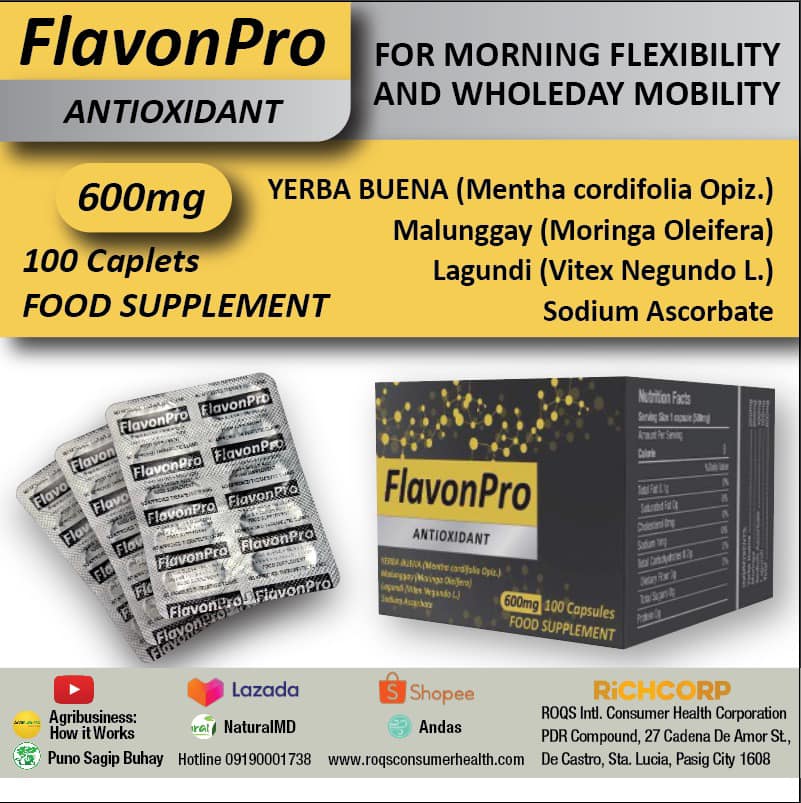The target is to make the Philippines the biggest makapuno producer in the world envisioned by Agriculture Secretary Proceso Alcala. To do this, a seedling mass production facility was upgraded in Tiaong, Quezon, one of the centers at the Quezon Agricultural Experimental Station (OAES).
The upgrading of the Embryo Culture Facility (ECF) was funded by the Department of Agriculture – Bureau of the Agricultural Research (DA-BAR) in the amount of P4.5 million to last until December 2015.
The project aims to lower the cost of planting materials supplied to Calabarzon – Cavite, Laguna, Batangas, Rizal and Quezon by at least 50 percent from P600 per seedling that comes solely from a private producer in Calabarzon.
Erlene Concibido-Manohar, Project Development Officer of the Philippine Coconut Authority (PCA) and project leader, said that a huge market awaits the country’s makapuno production.
Internationally the demand for makapuno meat per year of food processors is short of 3.99 million kilos and in the Philippines alone. Nestle, Magnolia, and Selecta need 4.061 million kilos for their ice cream production a year, Manohar said.
The Philippines is already exporting bottled makapuno preserves in Japan and the United States.
However, without embryo culture and technologies, we cannot massively produce seedlings, which Thailand is presently doing.
Makapuno is simply a freak in the normal coconuts that come out up to only 20% of the production per tree. This means that out of the 20 coconuts harvested, only a maximum of four may turn out to be makapuno.
The meat of the makapuno is tender and tasty that fills up the space that the coconut water occupies and as such do not germinate.
PCA, to ensure the increased production of makapuno purebreeds has developed the use of isolated embryo from the coconut of a makapuno-bearing palm to produce seedlings.
Embryo culture technology, where the embryo is excised out of a mature makapuno and grown under ideal tissue culture conditions in this laboratory, will raise chances of producing increased number of makapuno seedlings.
The establishment of this ECF will also explore the uses of galactomannan, a kind of gum that can be extracted from the whitetish makapuno liquid endosperm. Galactomannan from the liquid endosperm is just thrown away as waste, as in the case of coconut water.
Its extraction is being perfected and its diverse uses as extender or thickener, gelling agent, emulsifier, and food stabilizer are also being explored.
It can also be made into a biodegradable film for use in wrapping candies as in white rabbit’s edible wrapper and fresh lumpia wrapper and other pharmaceutical and health care application as biofilm for natural gauge for wound dressing, in moisturizers and hand and body lotion base.
The ECF and OAES will be the first of such facility for Calabarzon. The other ECFs are in Davao, Zamboanga, Albay Research Center, Sta. Barbara in Pangasinan and Indang, Cavite. Estrella Z. Gallardo, PSciJourn MegaManila



